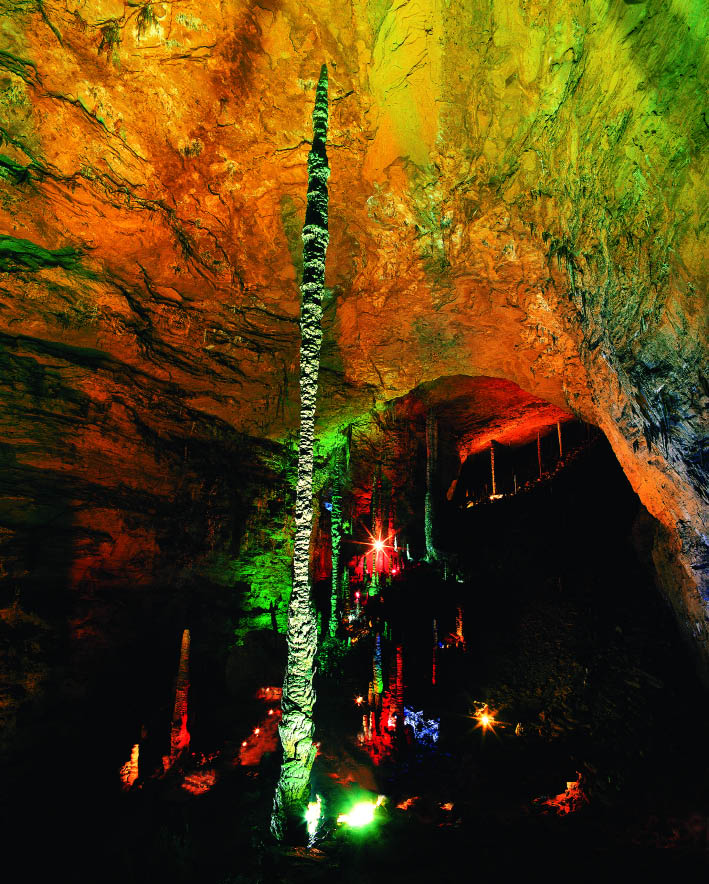By WU MEILING
By WU MEILING
VISITORS to Zhangjiajie, in Hunan Province, often resort to comparisons with the divine when searching for a cogent description of their impression of its hilly terrain of uncanny beauty. The scenery is too stunning to be something of the terrestrial world. Some people attribute this unearthliness to its occult location at the very center of China, where 110° eastern longitude and 30° northern latitude, the demarcations of China's east and west and north and south respectively, intersect.
These two invisible lines link up a number of the world's great mysteries and wonders. The famous Meridian Road, first built in the Qin Dynasty (221-206 BC), starts on the 110° eastern longitude, and along the 30° northern latitude one can find the Egyptian pyramids, Bermuda Triangle, Sahara Desert, Yarlung Zambo Canyon, Moirig Snow Mountain and the lost civilization at Sanxingdui Ruins.
A slot for Zhangjiajie on this star walk, with its sublime scenery, historical splendor and scientific significance, is well justified.
 |
|
A stalagmite in the Yellow Dragon Cave. |
Frozen in Rock
Zhangjiajie made news in July 1970, when a team of archeologists from the Chinese Academy of Sciences unearthed two perfectly preserved fossil dinosaurs of an entirely new species. Lotosaurus adcentus zhang are believed to be the codonts that lived over 200 million years ago. They are small – 3.2 meters long and 1.3 meters high – and “toothless” – teeth actually set in sockets in the jawbones. As well as these unique dinosaurs, there is a huge deposit of other fossilized creatures in Zhangjiajie, including giant panda, belodon, rhinoceros and giant tapir. Ammonite fossils are also a common sight on local mountainsides and river shores, betraying a foregone period of drastic tectonic plate movements that reshaped the continents of our planet.
In November 2010 two dozen scientists from China and seven foreign countries convened in Zhangjiajie for an international seminar on geomorphology, eco-tourism and eco-park research. After conducting field studies they named the specific quartzite formation in the region Zhangjiajie Sandstone Landform, and agreed that it is of high tourism and scientific value.